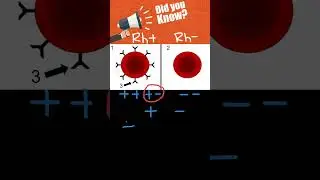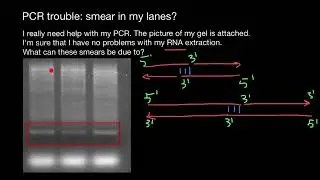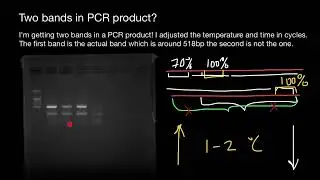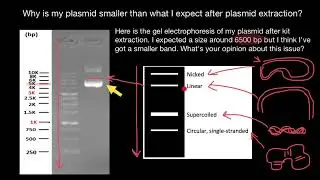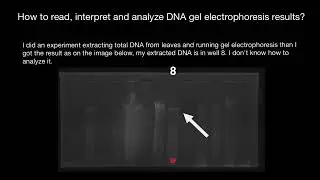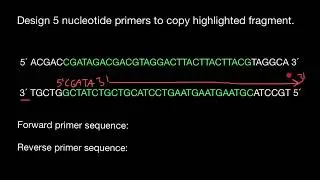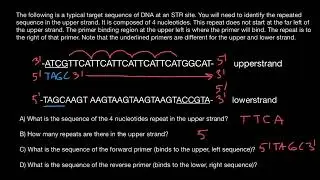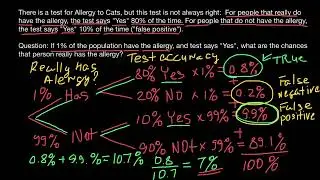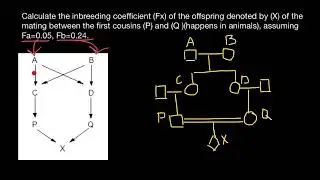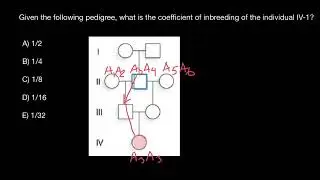Primer-dimers
Primer-dimers are short DNA fragments that can form during the polymerase chain reaction (PCR) process. PCR relies on the use of primers, which are short DNA sequences that bind to the target DNA template and initiate DNA replication.
Primer-dimers can occur when two or more primers anneal to each other instead of binding to the target DNA template. This can happen when the primers have complementary regions that allow them to hybridize to each other. When this occurs, the polymerase enzyme can inadvertently extend the annealed primers, resulting in the formation of short DNA products that are not specific to the target sequence.
Primer-dimers can be problematic in PCR because they can compete with the amplification of the desired target DNA. They can consume reaction components and reduce the efficiency of the PCR reaction. Additionally, primer-dimers can lead to false-positive results or incorrect interpretation of the PCR product.
To minimize the occurrence of primer-dimers, several strategies can be employed:
Proper primer design: Ensuring that the primers have minimal self-complementarity and do not have significant complementary regions with each other can help reduce the likelihood of primer-dimer formation.
Optimizing reaction conditions: Adjusting reaction parameters such as primer concentration, annealing temperature, and magnesium ion concentration can help promote specific binding of primers to the target DNA and reduce non-specific interactions between primers.
Using hot-start PCR: Hot-start PCR methods involve adding the polymerase enzyme after an initial denaturation step, preventing non-specific primer annealing during the setup of the reaction.
PCR additives: The addition of reagents such as betaine or dimethyl sulfoxide (DMSO) can help reduce the formation of primer-dimers by altering the reaction conditions and promoting specific primer binding.
By carefully considering primer design and optimizing PCR conditions, the occurrence of primer-dimers can be minimized, leading to more reliable and specific amplification of the target DNA sequence.
#dna #gelelectrophoresis #genetics #pcr #biology






![КАК НАУЧИТЬСЯ ИГРАТЬ НА ЛЮБОМ ГЕРОЕ ВСЕГО ЗА 1 ИГРУ ? [ДОТА 2]](https://images.mixrolikus.cc/video/7eCG-8AEj5M)



